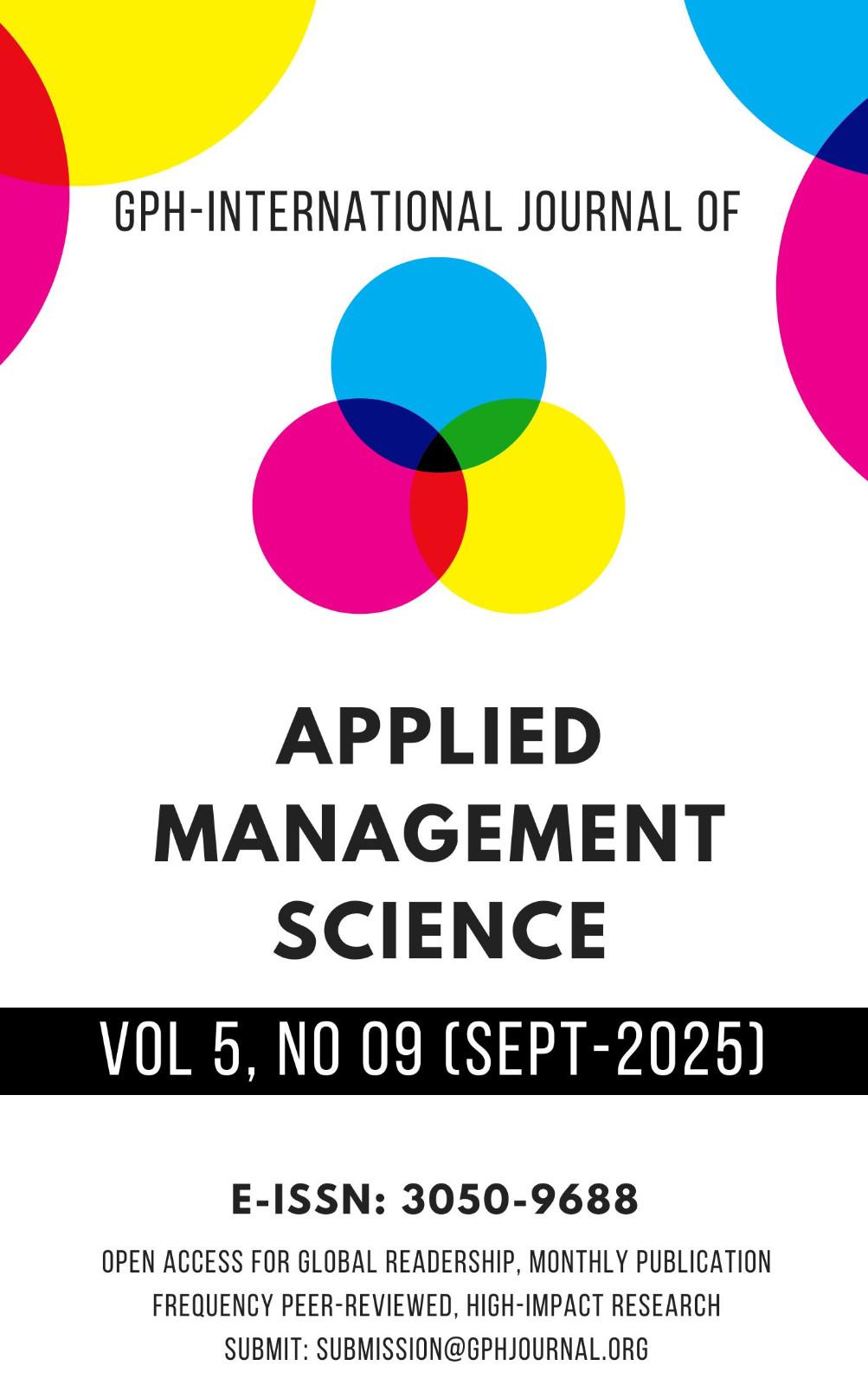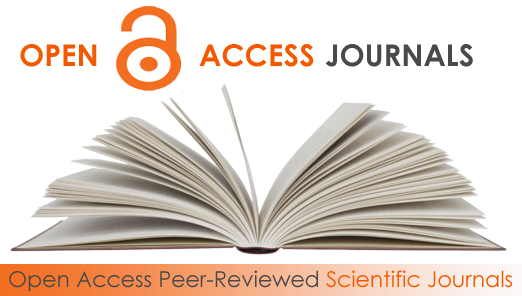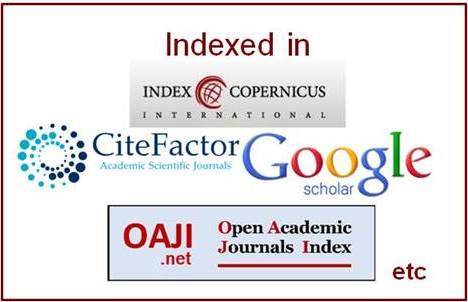STRATEGIC LEADERSHIP TO STRENGTHEN AIRPOWER STRATEGY TO SUPPORT NATIONAL DEFENSE SYSTEM
Abstract
This study investigates how strategic leadership can strengthen airpower strategy to support Indonesia’s national defense system. Indonesia’s geostrategic position in the Indo-Pacific exposes it to airspace incursions, cyberattacks on radar and communications, and the employment of drones for espionage and sabotage, underscoring the need for an adaptive and integrated airpower posture. Using a qualitative phenomenological design, data were gathered through interviews with Indonesian Air Force (TNI AU) leaders, operational observations, and analysis of defense documents. Data were analyzed with Miles, Huberman, and Saldaña’s interactive model, and credibility was reinforced through source- and method-triangulation. Findings indicate that visionary leadership acts as a catalyst for defense modernization, organizational reform, and professionalization of personnel. Cross-agency collaboration with the Ministry of Defense, BRIN, and the national defense industry (DEFEND ID) accelerates mastery of UAVs, passive radar, and C4ISR systems. AI- and big-data–enabled innovations enhance detection speed and response effectiveness against multidomain contingencies, while a whole-of-government approach strengthens societal legitimacy and support for airpower. Comparative lesson-drawing suggests Indonesia can adapt the U.S. acceleration doctrine, South Korea’s research–industry synergy, Turkey’s pursuit of defense industrial autonomy, and Singapore’s Total Defense framework. The study concludes that integrating strategic leadership with a modernized airpower strategy is foundational to an adaptive, responsive, and highly deterrent Indonesian air defense system.
Downloads
References
Air Data News. (2024). First image of Indonesian Rafale fighter jet emerges. Retrieved from https://www.airdatanews.com
Anderson, M.H., & Sun, P.Y.T. (2019). Reviewing leadership styles: Overlaps and the need for a new 'full-range' theory. International Journal of Management Reviews, 21(1), 76–96. https://doi.org/10.1111/ijmr.12176
Australian Government, Department of Defence. (2023). Defense strategic review 2023. Commonwealth of Australia. https://www.defence.gov.au
Bass, B. M., & Riggio, R. E. (2006). Transformational leadership. Psychology Press.
Brown, C. Q. (2021). Accelerate change or lose. US Air Force Doctrine.
Bryman, A. (2016). Social research methods (5th ed.). Oxford University Press.
Chan, D. (2021). Singapore's Total Defense Strategy: Whole-of-government and whole-of-society approaches to national security. Journal of Southeast Asian Affairs, 45(2), 177–196.
Creswell, J. W. (2014). Research design: Qualitative, quantitative and mixed methods approaches (4th ed.). Sage.
Cross, R., Ernst, C., & Pasmore, B. (2021). A new era for leadership development. MIT Sloan Management Review, 62(3), 46–55.
Encyclopaedia Britannica, Inc. (nd). Indo-Pacific region [Map]. Encyclopaedia Britannica. https://www.britannica.com/topic/Indo-Pacific-region
Flick, U. (2018). An introduction to qualitative research (6th ed.). Sage.
Gilli, A., & Gilli, M. (2023). Military-technological innovation and organizational change: Airpower in the digital age. Journal of Strategic Studies, 46(4), 623–645. https://doi.org/10.1080/01402390.2022.2159401
Global Firepower. (2023). Global Firepower Index 2023. https://www.globalfirepower.com
Indonesia Business Post. (2024). Tactics, technology, and pilot skills: Combination key to air combat success, analysts say. Retrieved from https://indonesiabusinesspost.com
International Civil Aviation Organization (ICAO). (2022). Annual safety report 2022. Montreal: ICAO.
International Institute for Strategic Studies. (2022). The military balance 2022. Routledge.
Ministry of Defense of the Republic of Indonesia. (2023). Annual report of the Ministry of Defense of the Republic of Indonesia. Jakarta: Ministry of Defense of the Republic of Indonesia.
Ministry of Defense of the Republic of Indonesia. (2021). Annual report of the Ministry of Defense of the Republic of Indonesia.
Ministry of Defense of the Republic of Indonesia. (2023). Annual report of the Ministry of Defense of the Republic of Indonesia. Jakarta: Ministry of Defense.
Kim, J. H. (2022). Integrating AI and UAV technologies in South Korea's defense strategy. Asian Security, 18(3), 245–263. https://doi.org/10.1080/14799855.2022.2056741
Miles, M. B., Huberman, A. M., & Saldana, J. (2014). Qualitative data analysis: A methods sourcebook. Sage.
Ministry of Defense Japan. (2022). National defense strategy. Government of Japan. https://www.mod.go.jp
Moustakas, C. (1994). Phenomenological research methods. Sage.
Mutahara, A., & Fauzi, A. (2021). Strategic leadership in the Indonesian defense sector: Challenges and opportunities. Journal of Defense & National Defense, 11(3), 1–20. https://doi.org/10.33172/jpbn.v11i3.1536
Nato. (2022). Air and missile defense policy. Brussels: NATO Publications.
Nowell, L. S., Norris, J. M., White, D. E., & Moules, N. J. (2017). Thematic analysis: Striving to meet the trustworthiness criteria. International Journal of Qualitative Methods, 16(1), 1–13. https://doi.org/10.1177/1609406917733847
Pratama, A. (2023). Collaborative governance in national defense: Lessons for Indonesia's air defense system. Journal of Defense & National Defense, 13(2), 157–176. https://doi.org/10.33172/jpbn.v13i2.1975
Raska, M. (2020). Hybrid warfare with Chinese characteristics: The evolving nature of China's military and political power. Journal of Strategic Studies, 43(5), 660–689. https://doi.org/10.1080/01402390.2020.1739951
Saygın, H. (2022). Drone warfare and the transformation of Turkish military power. Defense & Security Analysis, 38(2), 129–146. https://doi.org/10.1080/14751798.2022.2044569
Schneider, J., & MacDonald, J. (2022). Artificial intelligence and the future of air defense. Survival, 64(3), 75–98. https://doi.org/10.1080/00396338.2022.2066311
Silverman, D. (2021). Interpreting qualitative data (6th ed.). Sage.
Sumintaatmaja, H. (2015). Superior air defense system as an enforcer of the supremacy of law and sovereignty in the airspace of the Republic of Indonesia. Jakarta: National Airpower Command.
Tellis, A. J. (2022). India's emerging airpower: Trends and implications for regional security. Carnegie Endowment for International Peace.
Williams, A., & Le Billon, P. (2023). Public participation in security governance: Lessons from hybrid threats. Security Dialogue, 54(1), 56–73. https://doi.org/10.1177/09670106221140412
Yukl, G. (2013). Leadership in organizations (8th ed.). Pearson.
Author(s) and co-author(s) jointly and severally represent and warrant that the Article is original with the author(s) and does not infringe any copyright or violate any other right of any third parties, and that the Article has not been published elsewhere. Author(s) agree to the terms that the GPH Journal will have the full right to remove the published article on any misconduct found in the published article.









 Street. Viaductweg 186, City. Bruchem, State. Gelderland, Zip code 5314LK, Netherlands
Street. Viaductweg 186, City. Bruchem, State. Gelderland, Zip code 5314LK, Netherlands

